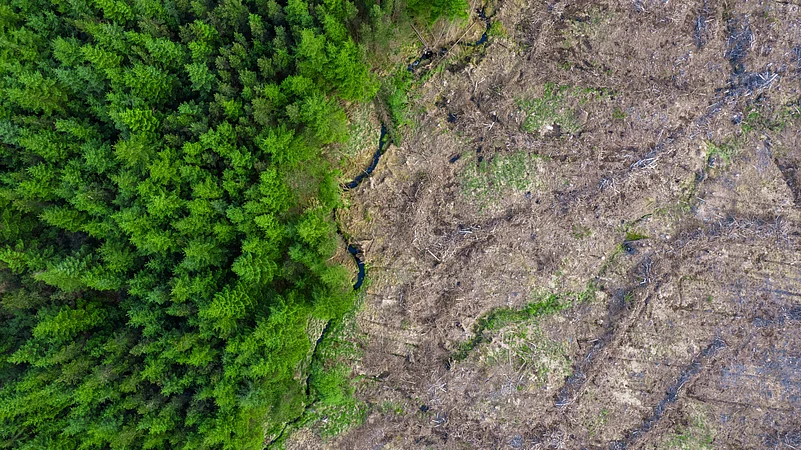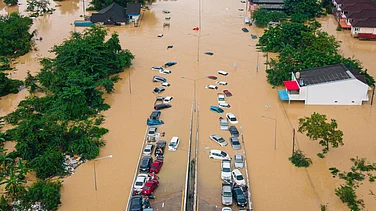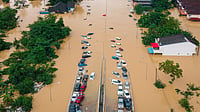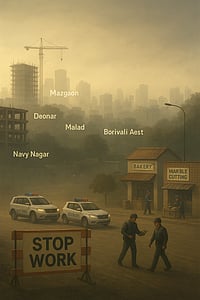
World lost 8.1 million hectares of forests, half England’s size, report finds.
Humid tropical primary forests declined 6.7 million hectares, releasing 3.1 billion tonnes CO₂.
Reforestation covers just 5.4% of potential, far below 2030 global targets.
Globally, the rising threats to forests and unfulfilled delivery on forest pledges with only five years until zero deforestation deadline in 2030 by 63%, according to the Forest Declaration Assessment 2025.
The report revealed that the world is off track to zero down on deforestation by 2030 as about 8.1 million hectares of forest were permanently lost—to put this into perspective, this amounts to an area roughly half the size of England.
The yearly goal of five million hectares was surpassed by these numbers. They exceeded the three million hectares that world leaders had promised to eradicate deforestation and forest degradation and restore 30% of all degraded ecosystems, including forests, by 2030.
These pledges were reaffirmed in the First Global Stocktake in 2023 as part of the Paris Agreement, at the Glasgow Leaders' Declaration on Forests and Land Use in 2021, and at the New York Declaration on Forests in 2014. It was once more pledged in the high-level segment of the United Nations Forum on Forests' 19th session in 2024.
According to the report, 6.7 million hectares of irreplaceable humid tropical primary forest were lost, resulting in the release of 3.1 billion metric tonnes of greenhouse gases, or nearly 150% of the yearly emissions from the US energy sector.
The report also talks about the progress on reforestation, reporting at least 10.6 million hectares of deforested and degraded land under active restoration. This represents about 5.4% of global reforestation potential (a measure of areas that can be reforested after being completely deforested) and only 0.3% of the global biophysical forest restoration potential (a measure of degraded or deforested area), falling far short of the 30% target set in Kunming-Montreal Global Biodiversity Framework. Roughly two-thirds of this area (about seven million hectares) is in tropical regions, 3.3 million hectares are in temperate zones, and 250 thousand hectares are in boreal forests.
Rethinking Harmful Subsidies
Forests and their biodiversity are important for sustaining agriculture productivity as they help stabilise soils, prevent erosion and improve soil health and fertility.
According to a 2024 WWF study, the governments spend about $470 billion annually on agricultural subsidies that harm forest. A 2024 WWF study estimates that governments spend roughly $470 billion a year on forest-damaging agricultural subsidies. These subsidies could be redirected or reformed to support sustainable practices, which would help countries get closer to the 2030 deforestation targets




























